Make face filters not population
I am a non-binary transgender person and am currently waiting to start hormone replacement therapy. Recently, my doctor asked if I wanted to preserve my genetic material, since HRT would impact my ability to reproduce. I couldn’t answer it immediately, and in fact, I still haven’t made up my mind. The question can be rephrased more fundamentally: “What is the point of procreation?”.
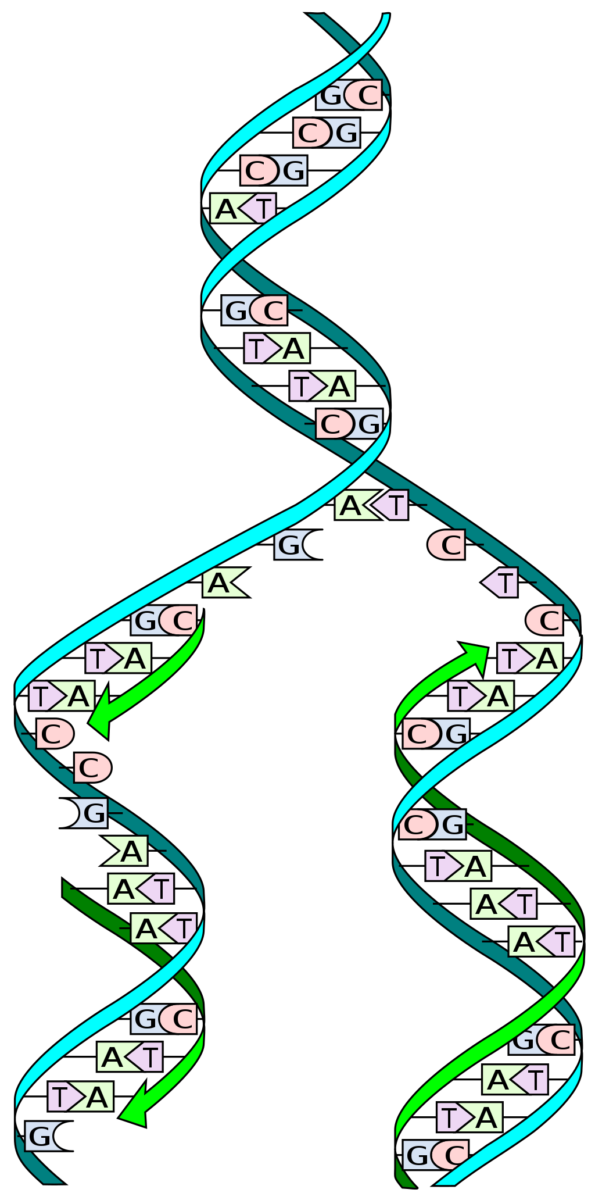
Until quite recently, replication of DNA was the most extensive transmission of information that humankind was capable of. The haploid human genome in a reproductive cell consists of 2.9 billion base pairs, equivalent to 725 megabytes, or approximately six hundred thousand written pages. Considering that the complete works of William Shakespeare occupies about 5.4 megabytes, no pre-industrial person has produced or consumed more information than a single reproductive cell. The act of making more humans resembling you was the most effective way of sharing information, spreading stories, distributing discourses, propagating ideologies, and publicizing identities.
However, we’re living in a time in which an average American consumes 34 gigabytes of content each day, which corresponds to the amount of information that can be transferred by producing 50 offspring. Egg and sperm are no longer the biggest USB sticks, and sexual intercourse is no longer the fastest internet. The amount of information that could be transferred only through the involvements of eggs and sperm, and making people who resemble you as byproducts, can be processed easily today by every handheld device that we own. Looking at it the other way around, even what I just called byproducts, the people who look like you, can be easily created using your mobile phone, through the manipulation of our facial videos when they are being taken and distributed—in other words, by the use of face filters. Face filters enable us to digitally become something else, beyond the boundaries of person, gender, race, age, species. Conversely, if face filters can turn my digital identity into something else, they can also turn someone else’s identity into mine. I experimented with this by designing an Instagram face filter that applies my facial image on the faces of others, providing them an opportunity to act or make statements “as” me. Coming back to my doctor’s question, I successfully reproduced and spread myself using a face filter instead of increasing the population, and obviously without frozen sperm.
Democratizing self-design
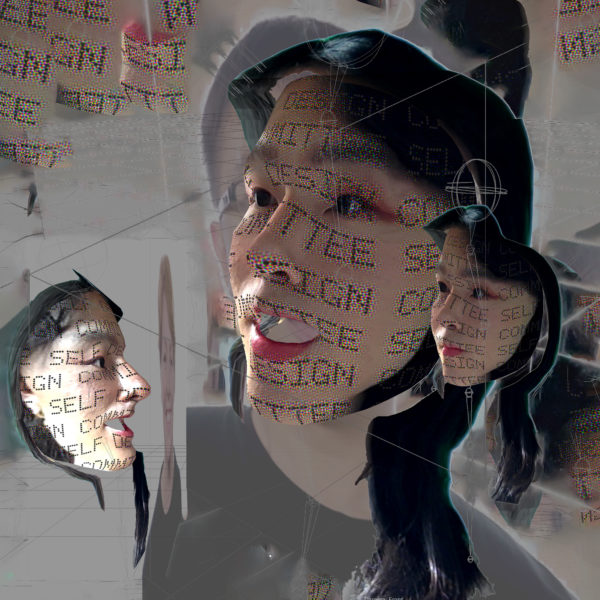
So, what can happen to this transgender person who decided to make a face filter instead of freezing their genetic material? By opening up this question, this text leaps from nonfiction to fiction, from what happened to what could possibly happen. The people who inherited face mesh from me are indistinguishable from one another. In the digital space, where their selfie-videos are distributed, the numerous “myselves” are all equal. This means my digital identity is polyvocal. It is not only possessed by me but shared among a wide range of people who can access the face filter.
Consequently, my identity would require different forms of construction. An identity owned by a single person is like a country founded, designed, and ruled by an emperor. The exclusive owner of the identity is responsible for every detail of it. Especially nowadays, the responsibility of identity construction is more fiercely obligated than ever to everyone engaging in the increased need for portraying oneself as a commodity. This phenomenon, what Boris Groys calls “self-design”, is usually a task for an individual. On the other hand, in the case of my identity, which is not solely mine, self-design becomes a collective task performed by distributed agents. Whoever becomes me by using the face filter can participate in the process of designing my identity by sharing their opinion on what my identity should be like. A stage where the people are invited to share their opinions can be called a committee—an organization of multiple “myselves” which decides everything from if I should share a photo of my dinner on Instagram to which political party to openly support on Facebook. Self-design, which was a struggle for the individual, can be transparently and democratically discussed by forming a committee.
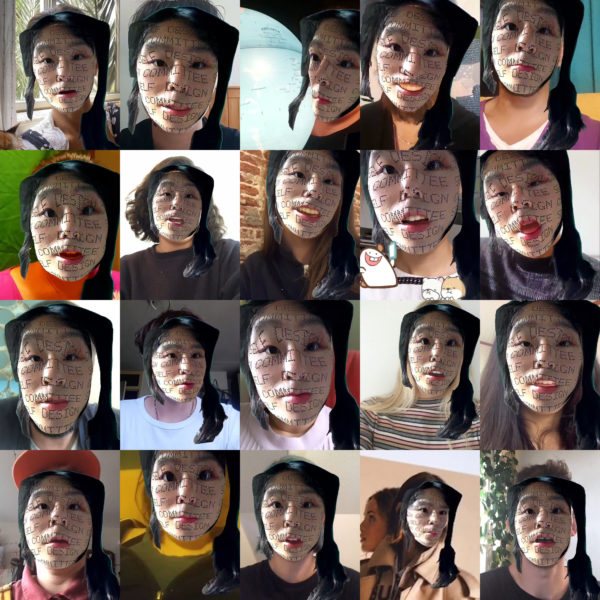
To make the idea come true, I sent the following letter to twenty friends from various backgrounds.
Welcome to Noam’s self-design committee!
I’m Noam Youngrak Son, the founder of this democratic decision-making group, and you’re also Noam Youngrak Son, a member of the committee.
Self-design is an important task, too important to be dictated by one person. I invite multiple “myselves” here to construct my identity collectively. As a member of the committee, I and I have equal rights and responsibilities. Feel free to use, misuse, construct, deconstruct my identity.
I asked them to become me through the face filter that I made and discuss with the other “myselves” about the questions I’ve frequently asked myself while displaying myself publicly on social media:
- What should I do if I can’t sleep because I can’t stop scrolling through my Instagram feed?
- How much should I care about the number of likes I get?
- Can I post an ugly selfie on Instagram?
- Is it moral to proudly post a photo of meat on Instagram?
- Should I make my account private or public?
- Should I follow back a stranger that follows me?
- Do I want to stay in my filter bubble?
- Does it make sense to keep using Instagram while politically disagreeing with the corporation that owns Instagram?
- Do I have to keep sharing political posts on Instagram even though I’m feeling skeptical about whether Instagram-activism can actually make change?
The discussions are still on-going, and they will continue indefinitely because self-design is a lifelong process. Or they can even last after my biological death, as long as I am remembered by the digital platforms I exist on. You can witness or even participate in those discussions on the official Instagram page of the committee.
The Self Design Committee and Its Enemies
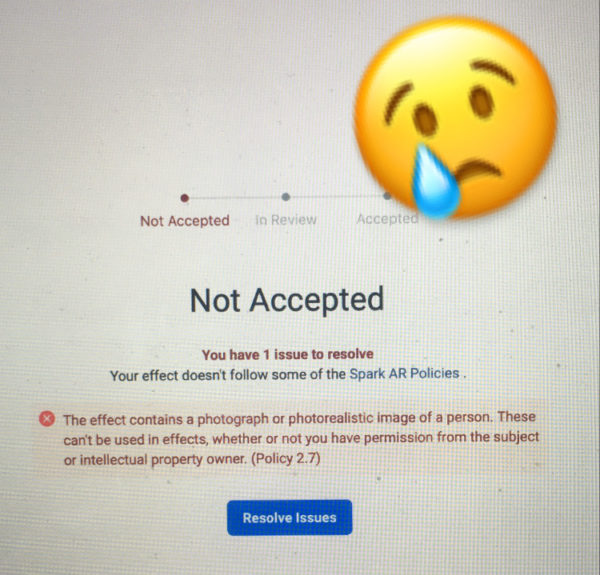
What’s notable about the Self Design Committee is that it relies heavily on the technological infrastructure that the Big Tech companies provide. In the case of the version of the committee that I’m demonstrating at the moment, it is materialized using Spark AR, an AR tool developed and owned by Facebook. The face filters created using Spark AR can only be distributed on Facebook and Instagram, and have to comply with their rules. The first draft of the face filter used for the Self Design Committee was not accepted by Facebook because it contained a photorealistic representation of a human face. I had to add watermarks saying “the Self Design Committee” on my own face to resolve the issue.
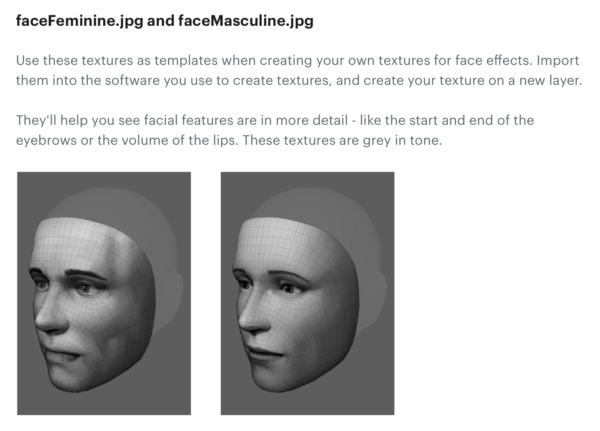
In this process I realized that the most major political factor in this committee was not me, but the technological apparatus that the committee is dependent on. The infrastructures are inexorably opinionated even though nobody has intended for them to be that way. In the most obvious example, in the case of Spark AR, the default template textures that it provides are called “faceFeminine.jpg” and “faceMasculine.jpg”, classifying faces based on gender binarism. Even though nobody has intended to exclude non-binary identities in the realm of face meshes, at the end of the day it appears that the platform is clearly against the gender identity of my Self Design Committee because of this systemic flaw.
The experiment, which started from my doctor’s question, concludes with somewhat more troubled speculations. The Self Design Committee, which can still operate without my physical presence, can be suspended by Facebook. I liberated self-design from myself, but it’s still questionable if it’s fully independent. However, this demonstration calls for more open-ended questions that I haven’t touched yet, and I hope for these critical possibilities to be explored in your version of the Self Design Committee: Who can legitimately be in your Self Design Committee? Who profits from the operation of your committee? Who is exploited by your committee? What resources and infrastructures does your committee rely on? In which cultural background does your committee function? How does it deal with the unforeseen disputes with someone else’s Self Design Committee? How would your Self Design Committee systemically differ from that of mine?